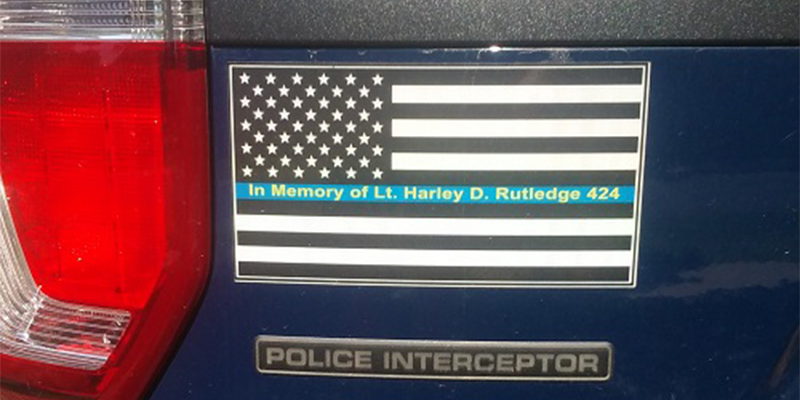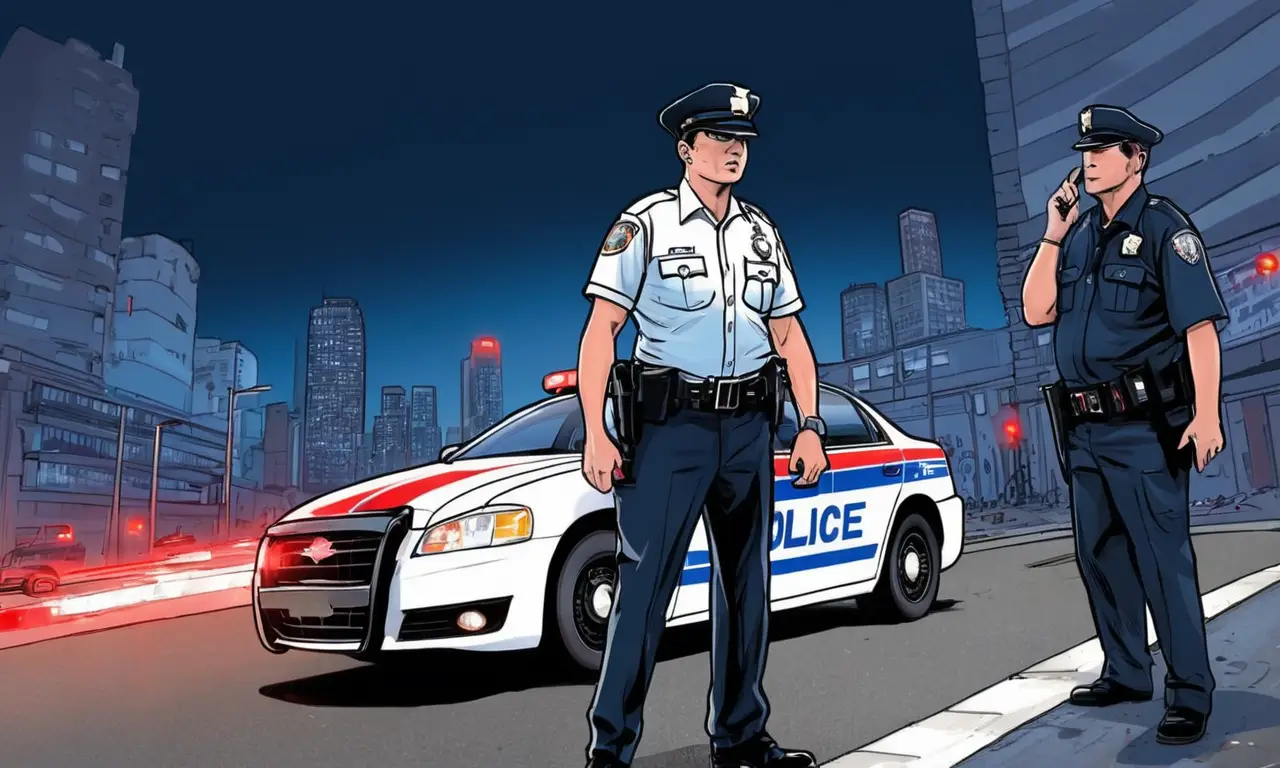
A blue line on a car can seem like a simple detail, but its meaning can vary greatly depending on where it’s placed and the surrounding context. This seemingly small mark can signify everything from a police vehicle to an emergency responder or even just a personal expression of support. Understanding the nuances of this symbol is key to accurately interpreting its message.
This article will delve into the various meanings behind a blue line on a car, exploring its significance in law enforcement, emergency services, and as a decorative element. We’ll also discuss how to interpret the context surrounding the blue line to determine its true meaning.
Blue Line on Police Cars
The most common association with a blue line is its use on police vehicles. In many jurisdictions, a blue line running across the hood or doors of a patrol car serves as a clear visual identifier for law enforcement officers. This distinctive marking helps citizens quickly recognize and distinguish police vehicles from civilian cars, enhancing public safety and awareness.
The blue line on police cars often accompanies other markings like department logos, vehicle identification numbers, and emergency lights. These combined elements create a powerful visual signal that commands respect and attention, signifying the authority and responsibility of law enforcement officers.
Meaning of a Blue Line

Beyond its practical use in identifying police vehicles, the blue line has also become a symbol of support for law enforcement officers and their families. It represents the thin line between order and chaos, highlighting the sacrifices made by those who protect communities every day.
The blue line is often worn as a badge or patch by supporters of law enforcement, displayed on clothing, flags, and other items. This visible display of solidarity serves as a reminder of the importance of supporting those who risk their lives to keep communities safe.
Location of Blue Lines on Vehicles
While the blue line is most commonly associated with police cars, it can also appear on other types of vehicles used by emergency responders. Fire trucks, ambulances, and tow trucks may feature a blue line as part of their livery or markings, indicating their role in providing essential services to the community.
The location of the blue line on a vehicle can sometimes provide additional clues about its purpose. For example, a blue line running across the hood of a car might indicate a police cruiser, while a blue line around the perimeter of an ambulance could signify its role in transporting patients.
Blue Line as a Decorative Element

In some cases, a blue line on a car may simply be a decorative element chosen by the owner. This personal touch can reflect individual preferences, support for law enforcement, or even just aesthetic appeal.
When interpreting a blue line as a decorative element, it’s important to consider the overall design of the vehicle and the context in which it is seen. A blue line on a car parked at a police station might have a different meaning than a blue line on a car driven by a civilian.
Interpreting the Context
Ultimately, understanding the meaning of a blue line on a car requires careful consideration of the surrounding context. Factors such as the vehicle type, location, and other markings can provide valuable clues about its true significance.
When in doubt, it’s always best to err on the side of caution and avoid making assumptions based solely on the presence of a blue line. Observing the vehicle’s behavior and surroundings can often provide a clearer understanding of its purpose and meaning.
Conclusion
The blue line on a car is a multifaceted symbol with various meanings depending on its context. While it primarily serves as a visual identifier for law enforcement vehicles, it has also become a symbol of support for police officers and their families. Understanding the nuances of this symbol requires careful consideration of the vehicle type, location, and surrounding details. By interpreting the context, we can accurately decipher the message conveyed by the blue line on a car.
